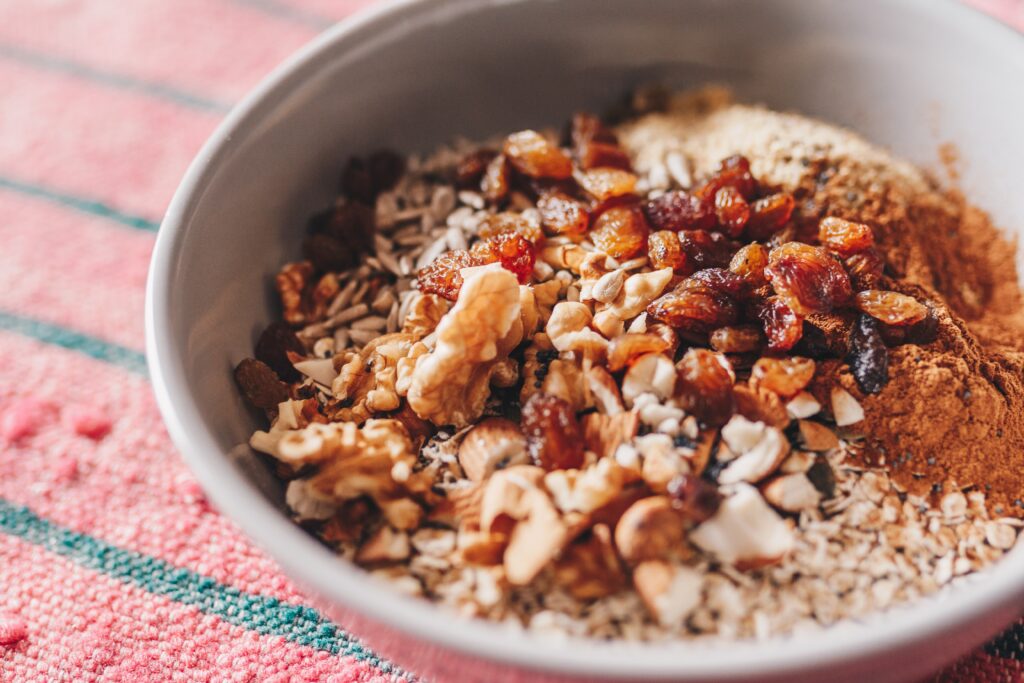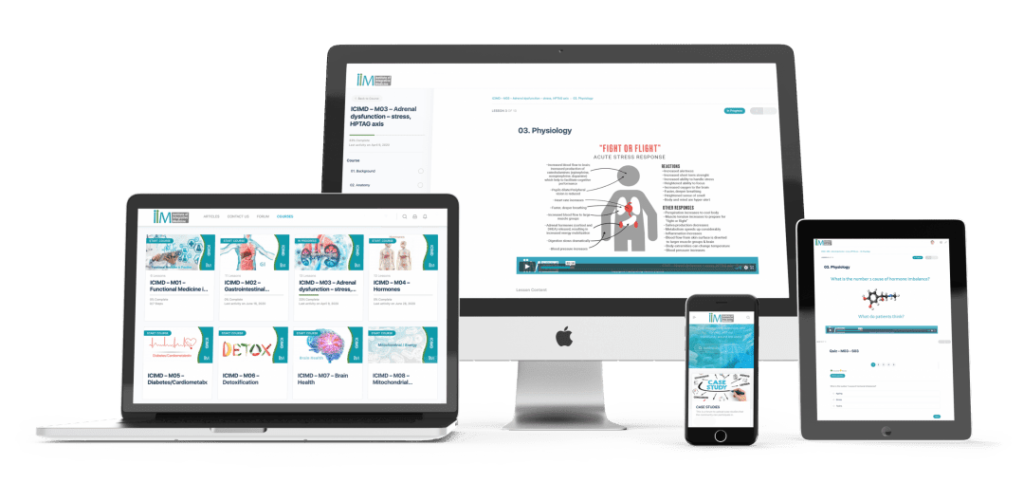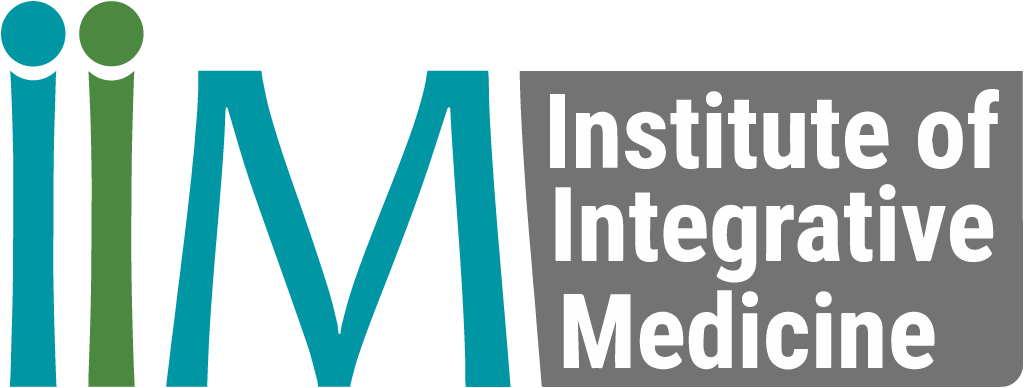Implementing Integrative Approaches to restore Gut Health
It is essential to take care of your gut health. If neglected, an array of uncomfortable conditions may present themselves. The steps to achieving and maintaining gut health consist of dietary and lifestyle changes and are more cost effective than pharmaceutical interventions. When trying to improve overall wellbeing, gut health is the place to begin.
Major gut issues often stem from the state of our microbiome. Not only do these issues cause significant discomfort, but can develop into larger, systemic issues in the body. It is important for a doctor/practitioner to develop a good relationship with their patients, to establish the severity and timeline of symptoms, and develop a treatment strategy that suits the patient’s individual needs and capabilities.
Integrative Strategies for Gut Health
There are a number of strategies that have yielded significant improvements in gut conditions, simply requiring the patient to make a few lifestyle and dietary changes. This may range from consuming certain food groups for maximum gut efficiency, to implementing an elimination diet process. This can also mean incorporating certain dietary supplements aiding in the reintroduction of friendly bacteria into the gut. Whatever the process may be, it is important for the doctor to consider all the patient’s needs and objectives before going ahead with a process that may be too expensive or create emotional burden. Integrative medicine stresses the personal relationship between practitioner and patient, ensuring foundations of trust and support. Often, when this relationship is established, the patient is far more receptive and committed to finding long term solutions. Thus, we create an environment where burnout and fatigue (for both patient and practitioner) are effectively mitigated.
The 6R Approach to Gut Health
As mentioned before, there are steps to take when looking at restoration of gut health. The most common (and most effective) model for tackling gut rehabilitation is the 6R Approach. This is an integrative approach, involving the doctor and patient mitigating gastric and inflammatory issues through 6 simple steps. These steps include the 6 R’s:
- Remove
- Reduce
- Restore
- Replace
- Reinoculate
- Repair
These 6 steps aim to remove toxins, reduce triggers, restore the balance of the gut garden and repopulate the microbiome with friendly bacteria. The steps in this diet for gut health all work together to repair and rehabilitate the microbiome, and prevent further onset of disease symptoms.

Remove
There are a variety of foods that may upset the mucosal lining of the gut. When the gut lining is triggered by food allergens, inflammation occurs and causes discomfort. It is important to identify foods causing an allergic reaction. Methods for identification include an elimination diet or LOW FODMAP diet. Through trial and error, the patient is able to understand the foods causing them discomfort and eventually limit or eliminate them completely from their diet. Common sources of digestive allergens are:
- Allergenic foods
- Alcohol
- Gluten
- NSAIDS
- Pathogens
Reduce
The second step is to reduce unhealthy foods and substances which include:
- Sugar
- Refined Carbohydrates
- Saturated fats
- Red meat
- Alcohol
- Cigarettes (advised to remove completely)
By reducing the intake of unhealthy substances, we reduce the risk of developing inflammation in the gut, and overall body. When these potential irritants are eliminated, we can begin to restore and balance the gut microbiome.

Restore
The third step involves restoring the bowel transit time. It is important that our stool passes through the GI tract in a fairly regulated time. A healthy bowel regulation can be from 3 times a day to 3 times a week. Usually, these patterns are timed more or less the same each day.
One can improve bowel transit time through:
- Increasing dietary fibre
- Increasing water intake
Replace
When our gut microbiome is disturbed, we often lose out on a variety of essential nutrients through malabsorption. The fourth step aims to replace the nutrients lost, in order to support a healthy digestive system.

Re-inoculate
When the gut has undergone the detoxification process, it is important to repopulate the microbiome with friendly bacteria. Bacteria in the gut is what helps control digestion as well as modulate your immune function and many other aspects of health. This could either be through a good probiotic (Lactobacilli, Bifidobacteria), and/or through a good prebiotic (Fructooligosaccharides, Inulin). It is recommended to use both of these strategies to:
1. Insert good bacteria
2. Feed and fuel those bacteria.
Repair
The last and most gratifying step of the 6R Approach is to repair the gut and return it to optimum health. This involves rehabilitating the mucosal lining in the gut. The purpose of the mucosal lining is maintaining close proximity with commensal microbes that reside within the intestinal lumen.
This can be done through a number of supplements such as:
- L-Glutamine
- Aloe Vera
- N-acetylGlucosamine
- Zinc
Other such supplements can include:
- Bioflavonoids
- N-Acetyl Cysteine
- Saccharomyces Boulardii, Whey Globulin and Bovine Colostrum
- Ginkgo Biloba
What is the Elimination Diet?
The elimination diet is fairly simple to understand, and can easily be implemented if the patient is willing and committed enough. The process is often rigorous and can cause discomfort, but limits the amount of money spent on expensive tests and pharmaceutical treatments. It is also beneficial, as it seeks to find a long term solution to long term gut issues.
This involves the elimination and reintroduction of food groups into the diet. This may sound strange, but the aim is to find out which foods may be triggering gut discomfort through a process of trial and error. The process usually lasts from 2-4 weeks and follows a 2 phase process – elimination and reintroduction.
The Elimination Phase
The first phase of the diet aims to eliminate food groups that have a history of causing inflammation within the patient’s gut. This may be identified through the patient’s history, and/or through common foods that are known to cause irritation. This usually lasts for around 2 weeks.
The Reintroduction Phase
The last phase is aimed at reintroducing those food groups into the diet and observing the reactions thereafter. This can tell us whether the food is an allergen or if it has no real effect on the patient’s gut comfort. From here, the patient can re-evaluate which foods may be causing the most distress and then limit or eliminate them completely.
It may be beneficial to refer the patient to a dietician, who can work out a diet plan, eliminating these foods, whilst still providing optimum nutrition.
Functional foods for optimum gut health
Following gut restoration, and irritant elimination, it is important to implement dietary modifications that will maintain the gut microbiome. Consuming functional foods is one of the most important Integrative approaches to restore gut health.
Fermented foods
Fermented foods are well known for their rich source of good bacteria, beneficial to the gut. The process of fermentation yields a great deal of short chain fatty acids, which help to lower the pH levels in the intestines. This prevents the overgrowth of pH-sensitive pathogens. Fermented foods for gut health include:
- Sauerkraut
- Kombucha
- Kimchi
- Miso
- Kefir
Dietary Fibre
Dietary fibre is essential in fueling healthy microbes in the gut. They are recognised as “prebiotics” and can assist in a number of functions such as laxation and regulating bowel movements. They also assist with the intestinal absorption of water. Good sources of prebiotic foods are:
- Apples
- Artichokes
- Asparagus
- Bananas
- Barley
- Berries

Flavonoids
Flavonoids are plant derived molecules with a polyphenol structure. Polyphenols are able to scavenge free radicals and protect against the effects of oxidative stress within the body. They are bioactive phytochemicals and are present in plant foods, fruits, vegetables and grains. Numerous studies indicate flavonoid health benefits are able to exceed benefits of basic nutrition. They have been shown to provide protection against chronic diseases, due to their anti-inflammatory and antioxidant properties.
The effect of flavonoids promotes the health of the entire body, due to its corresponding links to gut health. It provides a nutraceutical approach for individuals dealing with chronic diseases. This emphasises the importance of consuming flavonoid rich foods and supplements. Some foods that are high in flavonoids and play a role in the optimal functioning of the body include:
- Fruits and vegetables
- Green tea
- Garlic
- Turmeric
- Ginger
- Whole grains
- Coffee
Summary
It is extremely important to take care of your gut. If gut health is neglected, an array of uncomfortable conditions may present themselves. Not only are the patient’s feelings and mental state affected, but a series of more serious chronic issues may develop. The steps to achieving optimal gut health consist of dietary and lifestyle changes, and do not infringe on the patients financial wellbeing as much as pharmaceutical and lab testing does. It is important to maintain the patient’s health through listening and responding to their individual needs. An integrative approach to gut health can provide extensive benefits in comparison to conventional pharmaceutical treatments. This will provide patients with increased symptom relief and a better quality of life.
How do I Become a Functional Medicine Practitioner to learn more about Integrative Approaches to restore Gut Health?

The Institute of Integrative Medicine is a global leader in the field of Integrative Medicine Education. Integrative medicine aims to be at the forefront of modern technology and new discoveries. Integrative approaches are easy to implement and provide effective solutions to restore gut health. We offer certified online courses helping you to take charge of your practice and improve the quality of life for your patients. Find out more about the courses we offer today!

